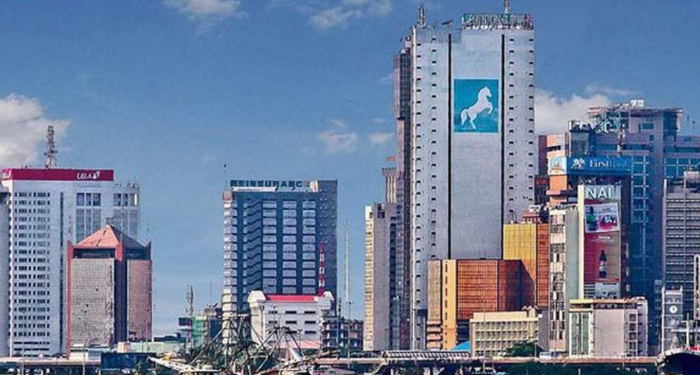The exclusion of retained earnings from the computation of minimum capital by the Central Bank of Nigeria (CBN) will likely lead to increased dividend payouts by banks over the next few years.
This position is contained in EY’s Report entitled “Navigating the Horizon: Charting the Course for Banks amid Plans for Recapitalisation” seen by Nairametrics.
The report says the retained earnings exclusion could bolster the “financial position” of shareholders in these banks, enabling them to capitalize on opportunities such as rights issues or placements, which the banks may consider as their preferred methods of raising additional capital.
Recommended reading: Recapitalization: UBA seeks shareholders’ approval to issue 10.8 billion shares
Departure from the norm
It was highlighted in the report that the CBN’s position on the exclusion of retained earnings is a deviation from the last banking re-capitalization, the recent recapitalization exercise carried out in Ghana, and the recapitalization of Nigerian insurance companies. In Nigeria, Basel III requirements consider retained earnings as a source of capital and recapitalization option.
Based on the CBN letter dated January 31, 2018, and referenced BSD/DIR/GEN/LAB/11/002, it can be deduced that for the past CBN leadership, retained earnings were part of a bank’s capital base. Hence, the exclusion of retained earnings from minimum capital computation is a departure from the norm.
- The letter notes, “Globally, retained earnings have been identified as an important source of growing an institution’s capital. Advantages of retained earnings include: being a source of long term finance; being easier and cheaper to raise than external finance; curtailment of financial risks; and improving liquidity and profitability.”
EY’s report says that the exclusion of retained earnings has caused “divergent views” among banking industry stakeholders. Recall that in a recent Nairametrics report, it was noted that bankers were in opposition of the CBN’s decision to exclude retained earnings.
What you should know
In Nigeria, there is a regulatory guideline for dividend payout;
- Banks with a Non-Performing Loan (NPL) ratio exceeding 10% are restricted from distributing dividends.
- Banks that fulfil the minimum capital adequacy ratio (CAR) requirement but possess an NPL ratio between more than 5% and less than 10% will be limited to a dividend payout ratio of 30% of their Profit After Tax (PAT).
- Banks with CAR exceeding the minimum requirement by at least 3% and an NPL ratio that is more than 5% but less than 10% will be capped at a dividend payout ratio of 75% of their profit after tax.
- Banks that meet the minimum capital adequacy ratio and possess an NPL ratio of no more than 5% will face no regulatory constraints on dividend payouts.
Considering that many Nigerian banks meet the minimum CAR requirements and have NPL ratios of less than 5% annually, there have been very few regulatory constraints on dividend payouts for Nigerian banks.
Hence, banks have paid dividends at their discretion, converting a sizable chunk of their earnings to retained earnings, inadvertently leading to relatively large retained earnings for them over the years.
It is estimated that the 10 largest banks in Nigeria have cumulative retained earnings of about N4.2 trillion.



















